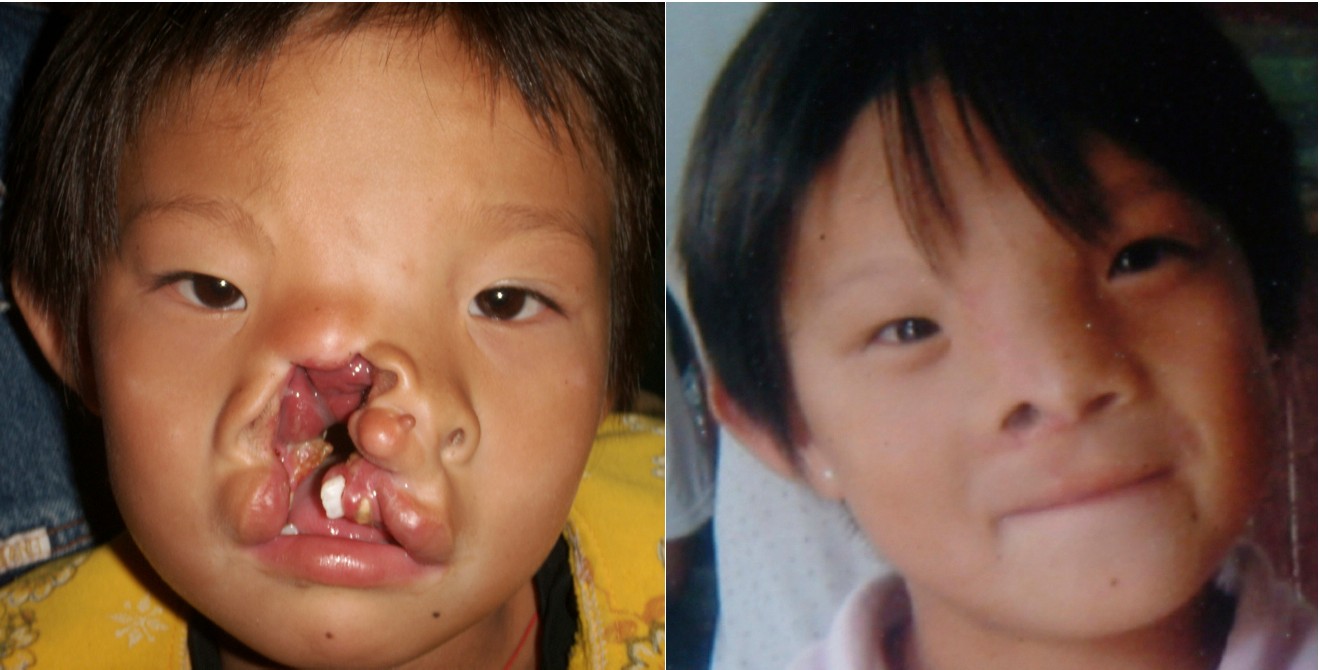We were lucky to catch up with Dr. Craig Hobar recently and have shared our conversation below.
Dr. Craig, thank you so much for joining us and offering your lessons and wisdom for our readers. One of the things we most admire about you is your generosity and so we’d love if you could talk to us about where you think your generosity comes from.
I believe God creates a place in our heart that is only fulfilled by helping others, and the more we help others the stronger and bigger that place grows. There is no reward system that compares.
Let me tell you the story of LEAP Global Missions, which I think addresses several of these questions. I had no vision or dream of what was to happen with LEAP Global Missions when I stepped forward in faith to take a single experienced surgical team to the Dominican Republic in 1991 to operate on children with cleft lips and palates. It was planned to be a one time event. Now, 32 years later, LEAP Global Missions has provided over 10,000 free surgeries and procedures to patients from more than 20 countries. We’ve had over a thousand medical volunteers participate, giving of their time and talent, sacrificing income and many times personal safety to change the lives of mostly children with facial deformities in places where this service was not offered. One of every 700 to 800 infants is born with a cleft lip and/or cleft palate. In its most pronounced form, this leaves a big hole in the middle of the face and the inability to speak clearly. There is little to no chance of a normal life for that child – their appearance is frightening to other children, and their speech can be severely affected. That can all be changed with straight forward surgery and proper care. We provide those things in countries that are struggling to meet their surgical demands and have not developed specialists in this area. We walk alongside our in-country partners and train specialists with the hope that they will one day stand on their own with a strong specialized surgical team to care for these children. We have also brought dozens of patients back to the U.S. for more complicated surgery where multiple specialties and ICU care are required.
Let’s take a small detour – maybe you can share a bit about yourself before we dive back into some of the other questions we had for you?
I am a retired plastic and craniofacial surgeon. I had a very rewarding career that spanned nearly 40 years. Many of the patients I cared for were children born with facial abnormalities. I became very close to them and their families. I had such admiration for the parents and always told them that what they did to show love and build confidence in their children was far more important than anything I could do surgically, but they both went hand in hand. Toward the latter part of my career, I had many families who adopted children with Craniofacial surgical needs – an extreme act of selflessness and love usually motivated by their faith. In 1991, I planned on going on a single surgical mission trip to the Dominican Republic to operate on children with cleft lip and palate. Amazing nurses and doctors gathered everything we would need and we went as a team. The appreciation of the patients and families in need touched our hearts deeply. We saw that there were a lot more patients that needed our help so a single mission became the planted seed for what would become LEAP Global Missions.
The benefit to the patients was obvious but we also received many benefits ourselves. Working together in a foreign country in conditions much different than what we were accustomed brought the team very close together and reaffirmed why most of us went into medicine – to help people on a pure level. There was no separation of effort, we all worked together for a common good. For example, it would not be uncommon to see the surgeon mopping the room in between cases. Prior to the trip, nurses would give up their weekends and evenings and prepare everything we would need for the trip, which included pretty much everything – instruments, sutures, supplies, medicine, etc. It had to be extremely thorough and well thought out – there would be no opportunity to obtain missing supplies once we were there.
We kept returning to the Dominican Republic and as word of our efforts spread, a few things happened: more and more patients came to see us, some patients with very difficult problems that could not be cared for away from home came to see us, and we were asked to expand to other countries.
We had one young lady, named Ana Maria, with a severe problem of neurofibromatosis come to see us, and it broke our hearts that we could not care for her. We knew that the only way we could would be to take her back to the United States where we could get multiple specialties involved, provide the blood transfusions she would need and give her comprehensive ICU care after the surgery. At that time, we had limited resources and were torn by knowing it would cost as much to care for Ana Maria back in the states as it would to do an oversees trip that would care for 40 or so patients. A very generous donor stepped up to the plate and said “I want to help you be able to do both”. With that generosity, Ana Maria became our first international patient that we brought back to the United States. Ana Maria’s surgery, which included 7 surgeons and took more than 15 hours, was very successful and set the stage for a program that would provide complex reconstruction for dozens of patients from many different countries, some of whom were orphans and adopted into US families, others who returned home to live improved lives and have more opportunities.
One patient we cared for through this program was Li Ying from China, who was a beautiful young child born with an extremely rare and serious facial condition. Li Ying has a very loving family and they raised her with amazing love and care, but the breaking point came when they tried to enroll her in the school for their local village. Despite all efforts by the teachers to provide an optimal nurturing and accepting environment, Li Ying’s appearance was just too much emotionally for the other children. I had operated on an adopted child of a pediatrician from Oklahoma, and the pediatrician and her family later moved to China to provide medical care. She met Li Ying and reached out to me knowing that LEAP had taken selected international patients. While we began making preparations to bring Li Ying for surgery, I put an enlarged photo of her on my desk and looked at it every day. There were really no other identical cases and this effort of looking at her every day and thinking through the possibilities helped me gel my operative treatment plan. Li Ying and her brave mother got on an airplane for the first time in their lives and made the trip to Dallas, Texas to trust the complex and potentially dangerous surgery to doctors and nurses they had never met. The 11 hour surgery went very well and Li Ying’s life was changed for the better: (photo included)
As Li Ying grew, she needed more care and we made sure she got everything she needed. The final thing she needed was a year of braces in preparation for final jaw surgery. Li Ying came to Austin that year and lived with Robin, my wife, and I, and attended the local public high school, which embraced her and gave her the opportunity learn English and complete her high school education. She subsequently went back to China, entered and completed vocational training and is now working for one of the larger Chinese internet companies. We stay in touch multiple times a year.
We had never been to Haiti but we had taken care of many Haitians in the Dominican Republic and had fallen in love with their spirit and joy. When the earthquake happened in 2010, I came home from work and walked into my house. I saw my wife sitting on the couch with tears rolling down her eyes. I sat down next to her and saw what had touched her so deeply – the devastation of human suffering that was occurring in Haiti. Through a miraculous set of circumstances, I ended up in Haiti in day 4 after the earthquake. While I was there, I received a call from the head of our national plastic surgery society. He told me he was receiving numerous phone calls from surgeons who wanted to go and help but were unable to get there. Through a lot of hard working people and generosity, we were able to arrange private flights and ground support to get teams there to help in the reconstructive needs. After 6 weeks, commercial flights reopened and we reserved 6 seats on American Airlines to get a new and complete reconstructive team there each week. A nurse practitioner with a tremendous heart for service volunteered and stayed in Haiti to coordinate the teams. Based on the deep relationships established and the lessening post earthquake reconstructive needs, we transitioned after 6 months to sending larger teams to operate on infants and children from orphanages who needed reconstructive surgery. A few years later, we were asked to help coordinate teams to be sent to Jordan to help with the Syrian refugee crisis and their reconstructive needs. We are not actively doing international disaster relief but I have been to Ukraine 3 times since the war started to help with some of their overwhelming reconstructive needs.
Our partners in Zimbabwe, whom we have walked alongside of for 13 years, have become so good at caring for the reconstructive surgical needs in children that they have started their own non-profit to help not only the children in Zimbabwe but also in neighboring countries. We continue to walk alongside of them.
In Belize, our 2nd longest relationship country (28 years) we have started a program that attempts to address the surgical and non-surgical needs of all the children born with clefts. That program is really starting to take wings and we have committed funds for a new pediatric wing at our partner hospital.
My biggest goal now for LEAP is to prepare for a future that extends far beyond my leadership, although I want to continue to stay involved and supportive in every way I can.
Looking back, what do you think were the three qualities, skills, or areas of knowledge that were most impactful in your journey? What advice do you have for folks who are early in their journey in terms of how they can best develop or improve on these?
1. Step forward in faith when you feel called, you will grow and your life be enriched. 2. Don’t wait for the perfect time, the perfect time is now.
3. Surround yourself with great people, have mentors, and teach others.
To close, maybe we can chat about your parents and what they did that was particularly impactful for you?
My parents were amazing people. My dad’s parents were Eastern European immigrants (Ukraine, Slovakia) and my dad and his 4 older brothers all served in the US military in WWII. My dad was the first of the family to graduate college. My mother was the daughter of a successful engineer. They definitely came from different backgrounds but made a beautiful match. My older sister is special needs and my parents forged a beautiful life for her through their strength and dedication at a time when it was not so easy. Having a special needs sister definitely gave me a layer of compassion and understanding that helped me become the best doctor I could be. My parents always tried to instill confidence in me and make me believe I could do anything I set my mind to do.
Contact Info:
- Website: leapmissions.org
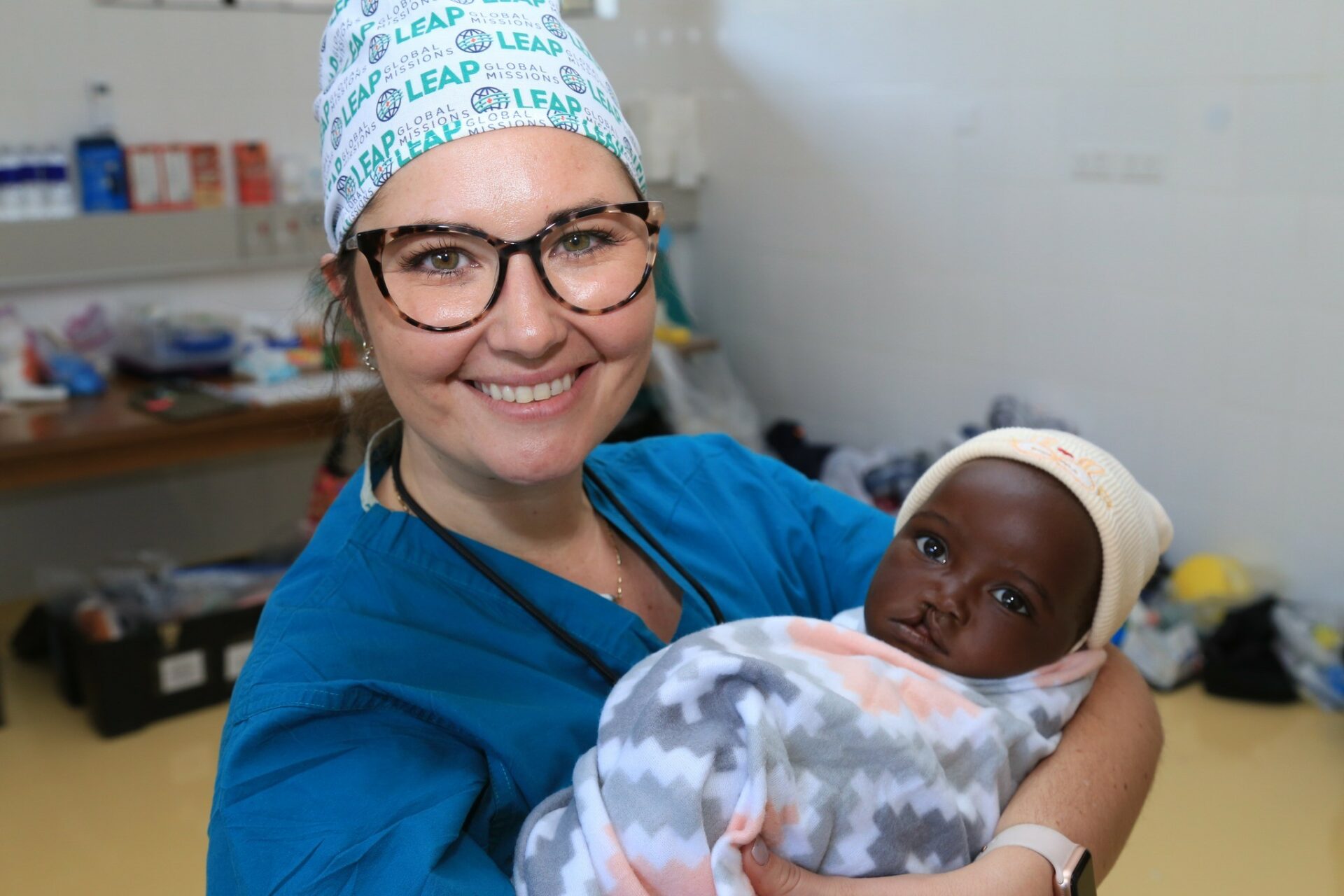
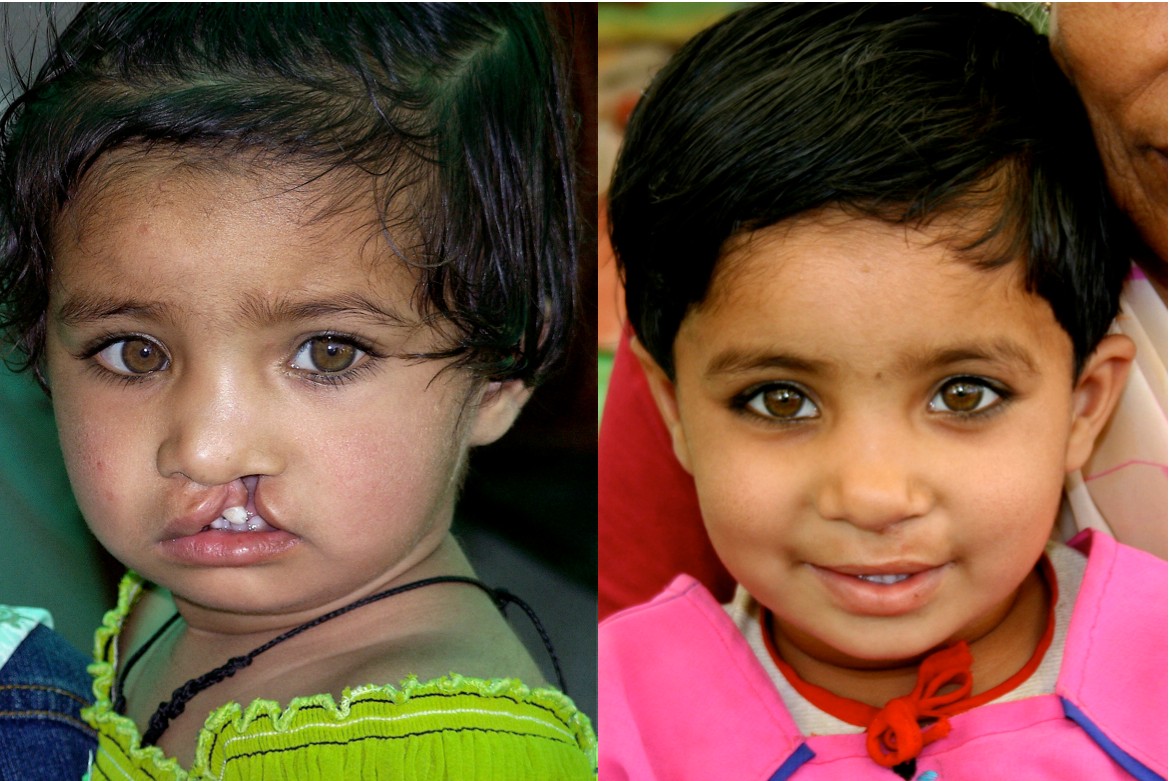

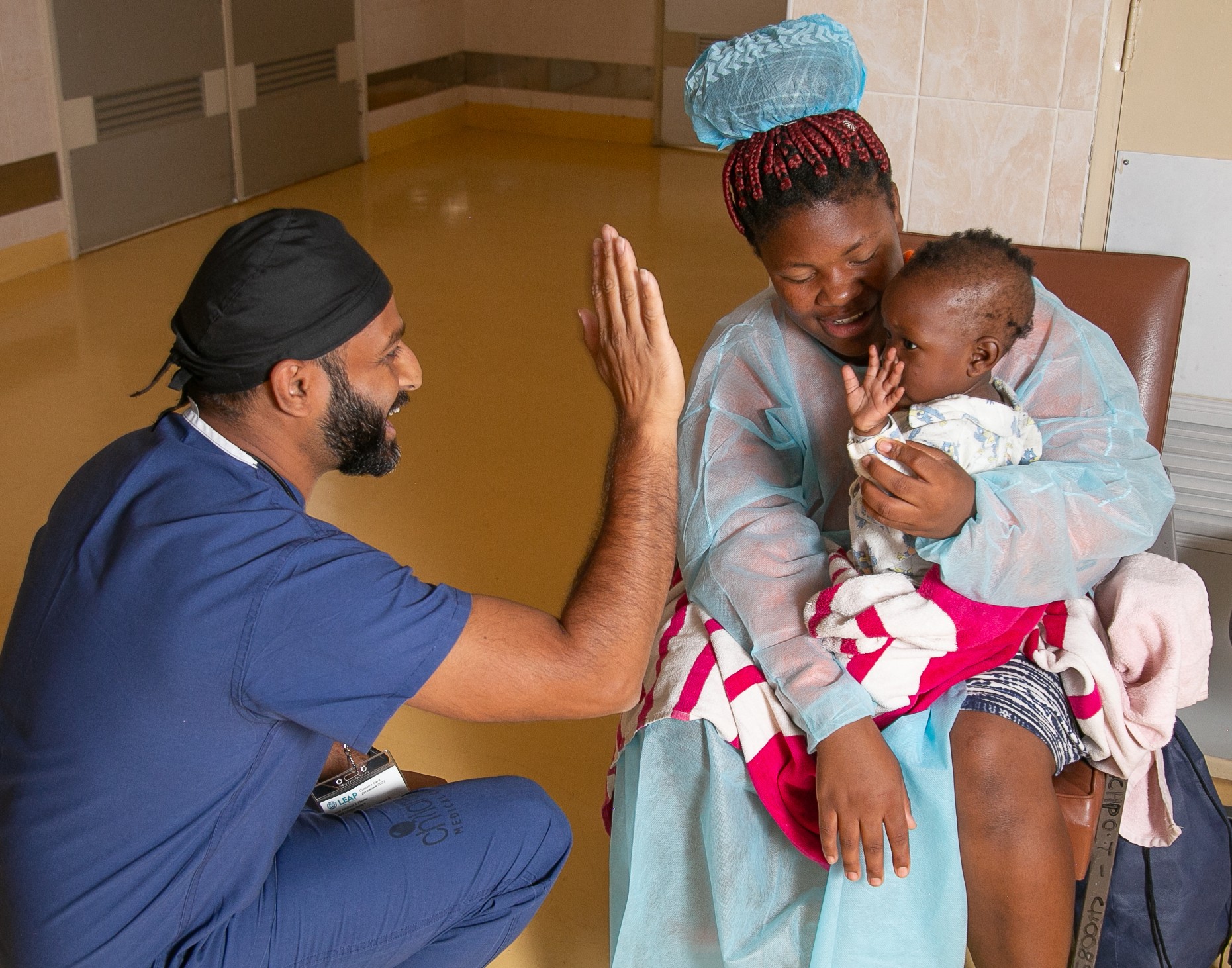
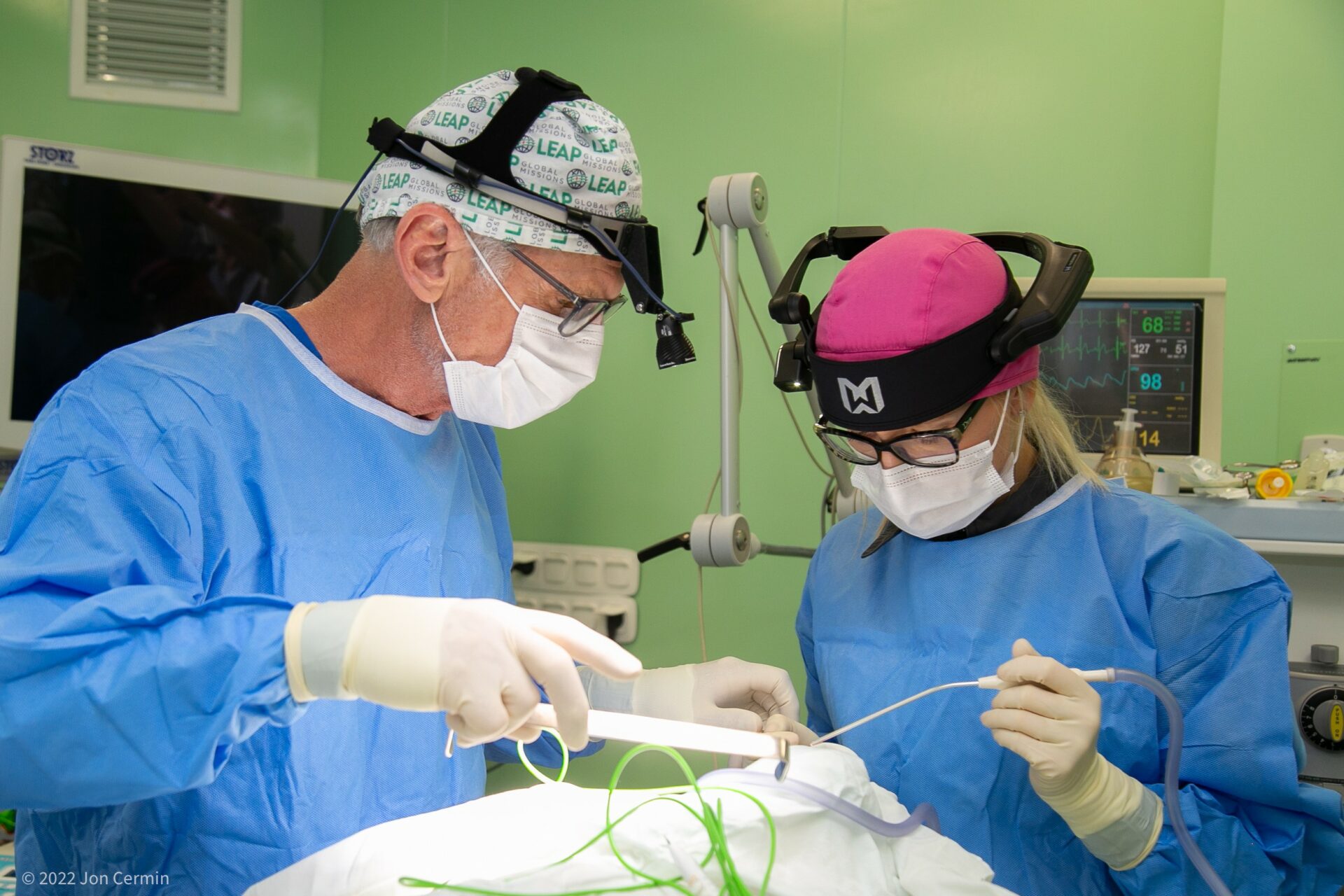
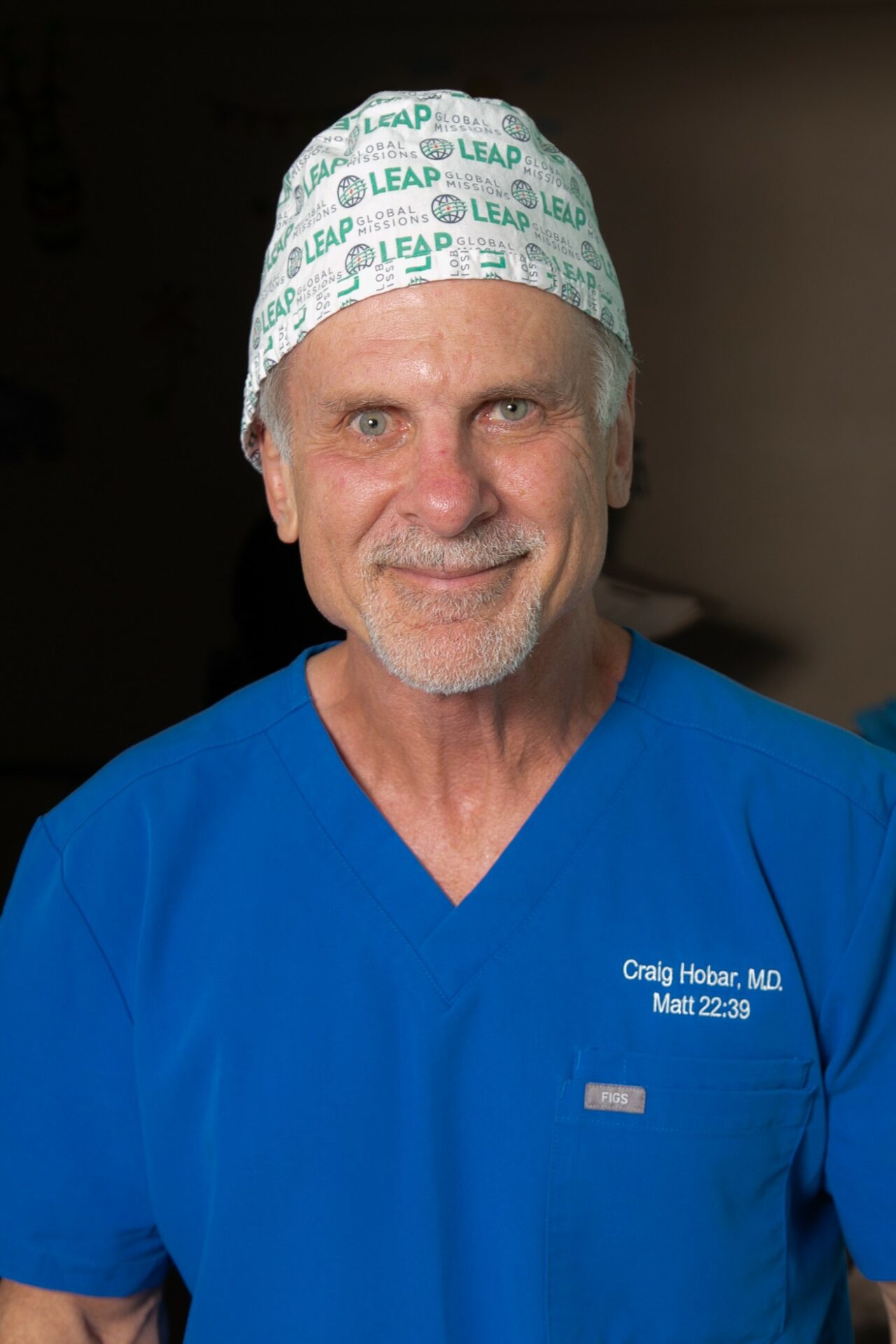
Image Credits
Thank you to Jon Cermin, Media Director of LEAP Global Missions

